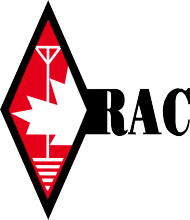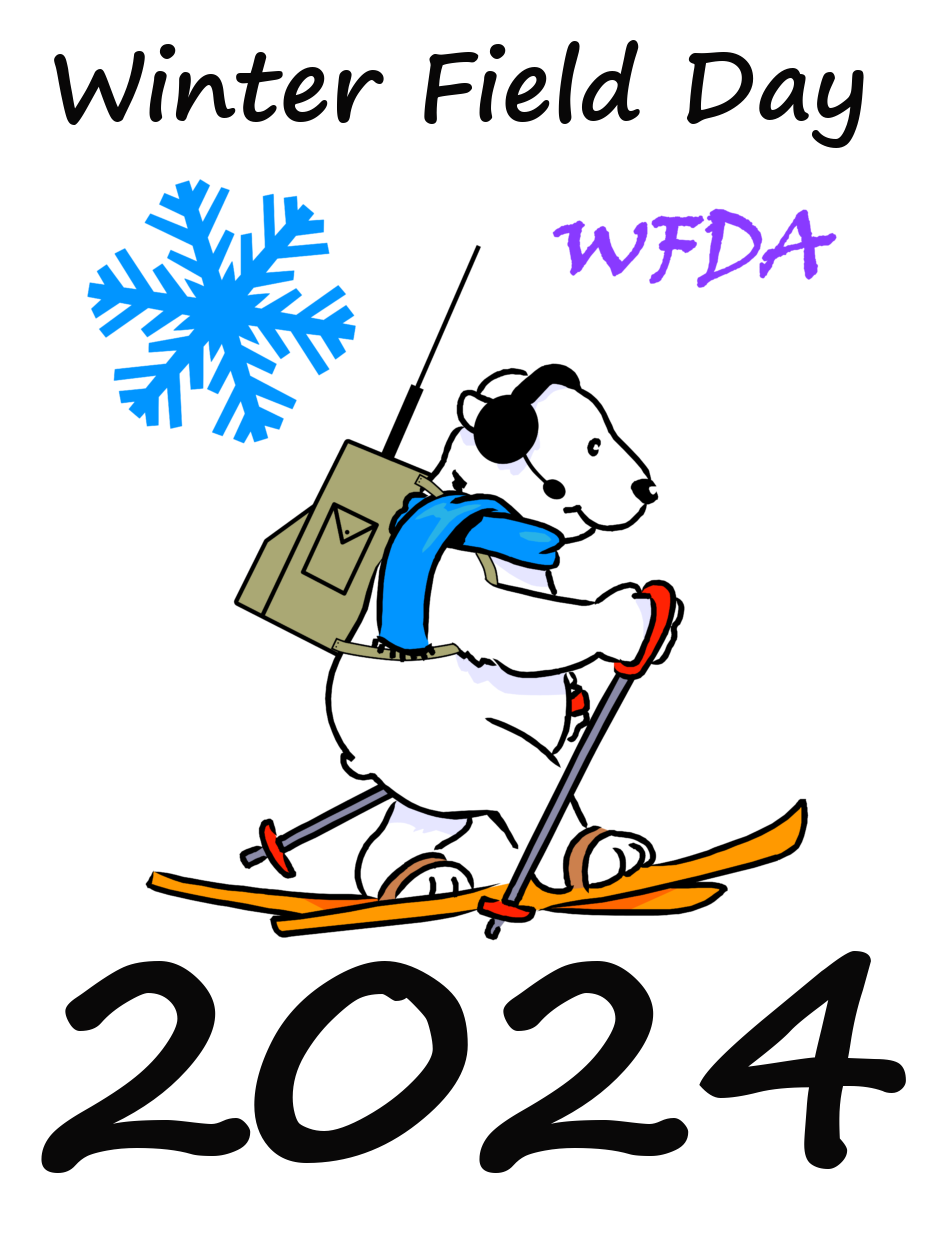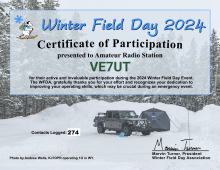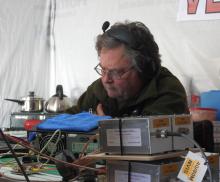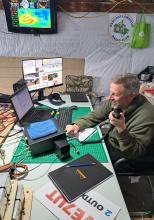Main menu
You are here
Winter Field Day 2024 -- the results!
We used the club callsign VE7UT and were active on phone and Winlink. We had two IC-7300 HF stations (thank you to Ralph VA7VZA and Iain VE7IET for the use of your radios) and a VHF station (used to talk people into the WFD site). We ran everything from "alternative power" which was provided by a Honda EU2000i generator and a LiFePO4 100Ah battery. For HF antennas we used an 80M Carolina Windom (80-10M), a 20-15-10M EFHW vertical, and a 40/80M NVIS.
Similar to when we operated during the RAC Winter Contest we had a big screen TV running HamClock (thanks, Elwood!) so we could get live MUF information to help us plan which bands would give us the best results.
Internet for the contest stations and HamClock was provided by Myles, VE7FSR using a cellular modem in his Jeep which created a WiFi hotspot for the contest site. Having internet enabled us to get live cluster information so we could monitor spots and see which bands were most active. It also allowed us to make Winlink connections via Telnet (as well as by the more traditional HF gateways). We had a great turnout, with Jim VE7HS (thanks to Faye for the awesome baked goodies!), Ralph VA7VZA (thanks to Ralph for the fantastic chili!), Iain VE7IET (thanks for the great corn bread!), Dave VE7LTW (thanks for the donuts!), Shane VE7JFF, Bob VA7BKN, and Jason VA7HAB (thanks for BOTH boxes of donuts!).We made 274 contacts, including sending multiple Winlink messages using several British Columbia HF Winlink gateways as well as via Telnet. The WFD site was broadcast on APRS, and we were also able to use APRS to pass short messages. The three HF antennas allowed us to make HF contacts on bands ranging from 10M to 80M, and over distances near to far, which proved out our concept of setting up antennas that had low angle as well as NVIS radiation. Regardless of the band conditions or time of day, we were able to make contacts and exchange information.
We took a lot of photos, and you can see them here: https://karc.ca/node/768


